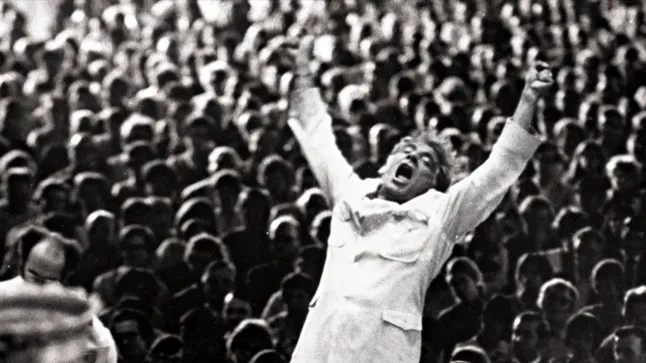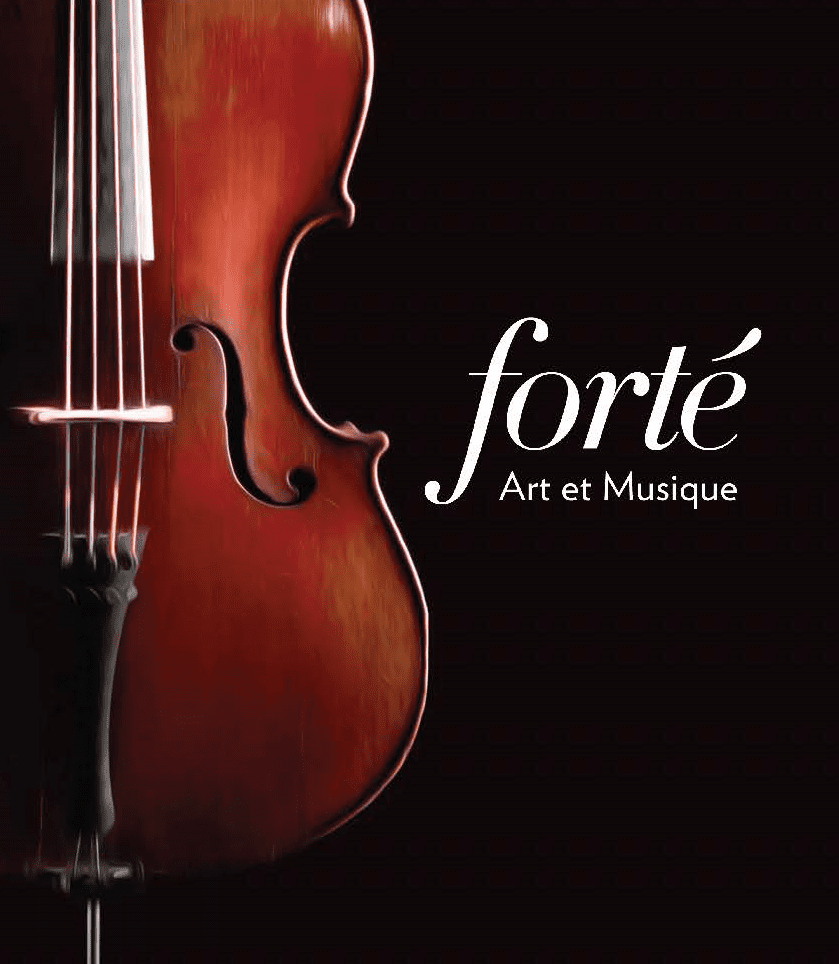
As 1970 unfurled its musical tapestry, icons like Zeppelin, The Stones, and Dylan were laying down tracks that would reverberate through the ages. Yet, amidst the electrifying riffs and beats, there was another star rising on a different stage: Leonard Bernstein. His arena? The tranquil expanses of Tanglewood.
Tanglewood wasn’t a new stop on the circuit for Bernstein; it was where his symphonic journey ignited. Way back in 1940, as a bright-eyed initiate of the Berkshire Music Center, Bernstein found his rhythm. Fast forward thirty years, and he was the maestro, every bit as pulsating and magnetic as any rock legend of his time.
With the Boston Symphony Orchestra at his back, Bernstein unleashed the raw power of Mahler’s “Resurrection” Symphony at Tanglewood. He may not have had a Fender in hand, but his baton was all the instrument he needed, echoing the passion and rebellion of the rock era.
Like many of his rock contemporaries, Bernstein didn’t shy away from theatrics. His electrifying performances, replete with dramatic gestures and an animated fervor, made some purists raise an eyebrow. Was it showmanship or sheer passion? But, love him or question him, Lenny commanded the stage with an energy that rivaled any rock concert.
From that young enthusiast of 1940 to the maestro who took a final bow in 1990, Tanglewood remained Bernstein’s constant. It was both his training ground and his stage, a place that bore witness to his meteoric rise and his enduring legacy.
In a year when rock legends were crafting anthems that would define a generation, Bernstein was over at Tanglewood, proving that the spirit of rock ‘n’ roll wasn’t just confined to electric guitars and drum solos. Music, in all its forms, had the power to captivate, move, and leave an indelible mark on the soul.





Leave a Reply